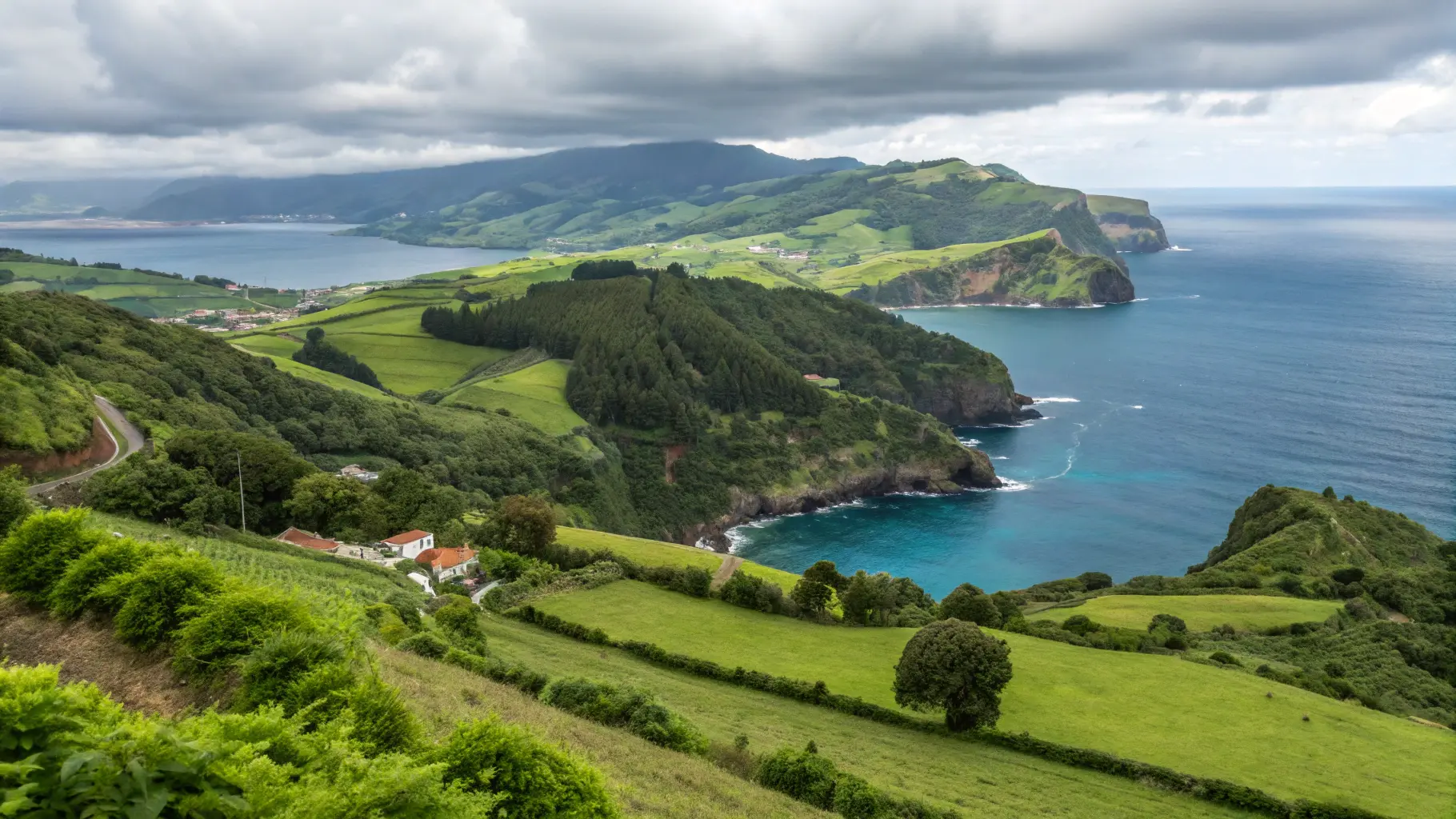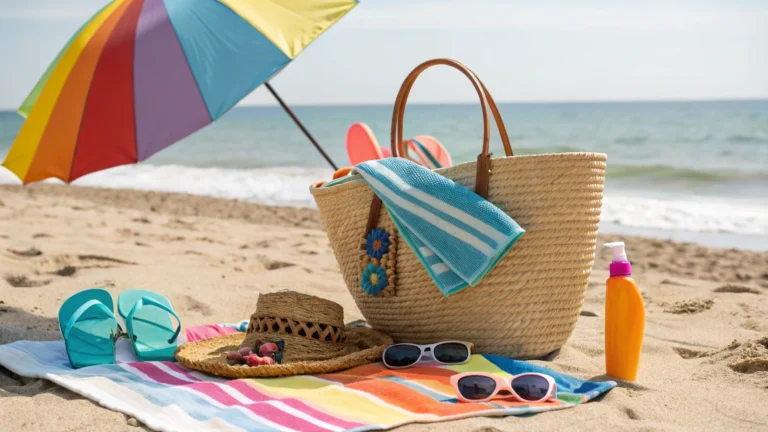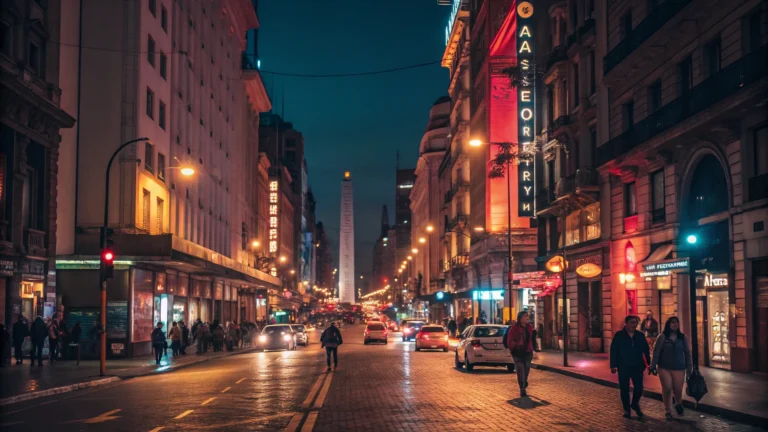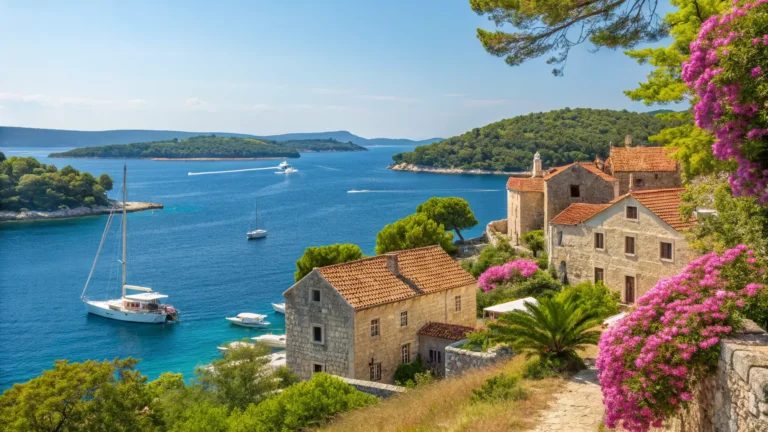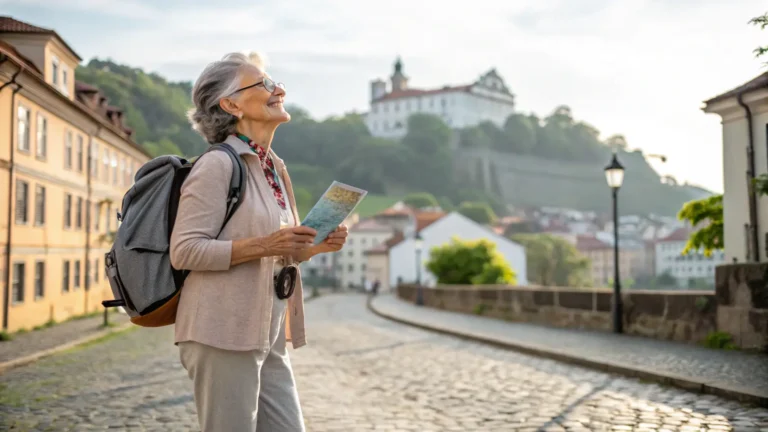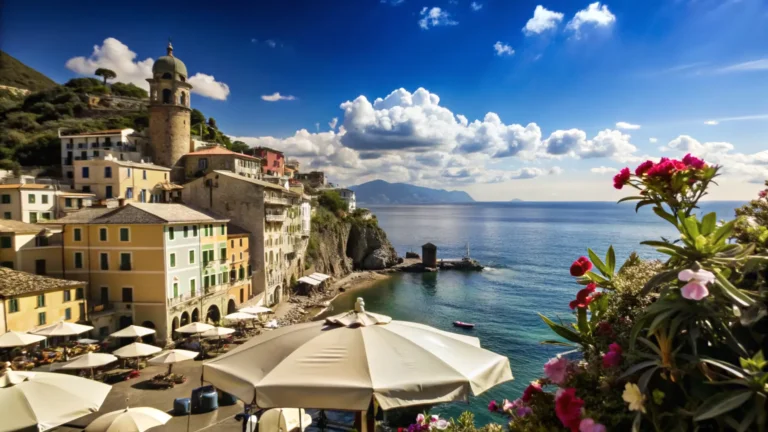São Miguel Azores 8 Travel Tips You Need to Know
Last updated on June 11th, 2025 at 06:05 pm
So there I was, standing ankle-deep in mud at some random viewpoint in São Miguel Azores, cursing my cheap sneakers and wondering if I’d made a huge mistake. My phone was dead, I was soaked from the drizzle, and honestly? I was starting to think this whole “spontaneous island adventure” thing was a terrible idea.
Then the clouds shifted.
What I saw next made me forget about my soggy socks completely. Two massive crater lakes stretched out below me – one brilliant blue, the other emerald green – like nature had spilled paint across the landscape. The mist was lifting off the water, and for a moment, everything was dead silent except for the wind.
That was my “holy crap” moment with São Miguel back in 2019. And yeah, I’ve been back twice since then because once just wasn’t enough.
Look, I’m not gonna sugarcoat it – São Miguel isn’t your typical island getaway. It’s raw, it’s wild, and it’ll humble you real quick if you show up unprepared. But if you’re willing to get a little muddy and embrace the adventure, this place will blow your mind.
After making pretty much every rookie mistake possible (and I mean ALL of them), here’s what I wish someone had told me before my first trip to this crazy beautiful Portuguese island.
Table of Contents
Figure Out When to Actually Go (It Matters More Than You Think)
Here’s the deal with São Miguel weather – it’s basically like that friend who changes their mind every five minutes. Seriously, I’ve experienced four different weather patterns in a single afternoon here.
My first trip was in February. Big mistake. I thought “winter in the Atlantic” meant mild and pleasant. What I got was three days of sideways rain and winds that nearly knocked me over. Lesson learned the hard way.
Summer (June-August) is tourist season for a reason:
- Temps stick around 72-76°F most days
- Way less rain (though it still happens – always carry a jacket)
- Everything’s open and accessible
- Downside? Crowds and inflated prices, especially in July
Spring and fall are where it’s at:
- May and September-October hit that sweet spot
- Still warm enough for swimming (around 68-70°F)
- Hotels cost about half what they do in summer
- Some hiking trails might be muddy, but nothing you can’t handle
Winter’s actually pretty cool if you’re into it:
- Never gets below 58°F or so
- Yeah, it rains more, but those hot springs feel amazing when it’s cooler
- Practically everything costs peanuts
- Perfect if you just want to soak in thermal pools and eat amazing food
My vote? Go in May if you can swing it. The island’s coming alive after winter, there are flowers everywhere, and you’ll have most places to yourself. Plus flights from Europe are still reasonable before summer prices kick in.
Get Around São Miguel Azores Like a Pro
Okay, let me save you some pain here – rent a car. Period.
I tried being all eco-friendly my second visit and relied on buses. What a disaster. The bus system exists, sure, but it’s slower than walking uphill and doesn’t go anywhere you actually want to be. I spent half a day waiting for connections just to reach one viewpoint.
Car rental reality check: Get something small. I’m talking compact car small. These roads weren’t built for American-sized SUVs, and parking in Ponta Delgada is already a nightmare. I rented this massive thing my first time and spent more time stressing about tight spaces than enjoying the scenery.
Book ahead, especially if you’re going between June and September. There are maybe six rental places on the entire island, and when they’re out, they’re out. I showed up in August 2021 without a reservation and paid double for the last available car – a bright yellow thing that screamed “tourist” from a mile away.
Download your maps before you head out. Cell service gets spotty once you leave the main towns, and GPS has this lovely habit of sending you down roads that barely qualify as roads. Google Maps lets you download the whole island offline – do it.
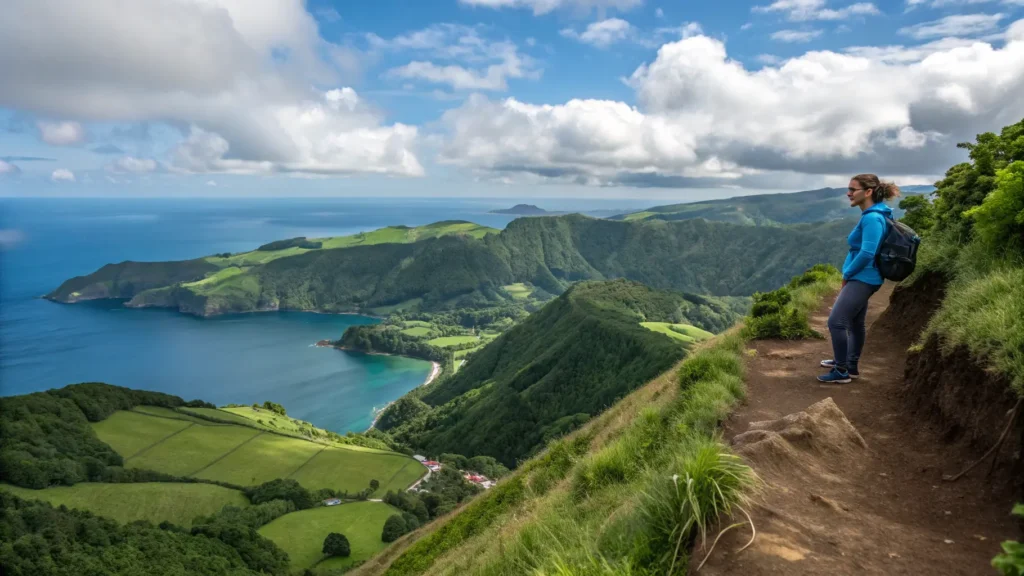

Gas stations aren’t everywhere. Fill up when you see one, especially if you’re heading to remote areas. Running out of fuel while chasing a sunset is not the adventure you want.
The actual driving is pretty chill once you get used to it. Speed limits are low, locals are patient (mostly), and half the fun is what you discover between Point A and Point B.
The Must-See Stuff (And Some Secrets Nobody Talks About)
Everyone’s gonna tell you about the same three places, and honestly? They’re worth the hype. But let me give you the real scoop on each one, plus some spots that most tourists completely miss.
Sete Cidades – Those Famous Twin Lakes: Yeah, they’re as gorgeous as the photos suggest. The Vista do Rei viewpoint is classic Instagram material, but here’s what nobody mentions – go early morning or late afternoon for the best light. Midday sun washes everything out.
Want to do something different? Hike down to the actual lakes. Most people just snap photos from above and leave. The trail down takes maybe 20 minutes, and you can swim in both lakes. The water’s surprisingly warm in summer, and you’ll probably have the place mostly to yourself.
Furnas Valley – Where the Ground Literally Steams: This place is bonkers. The whole valley sits on active geothermal vents, so you’ll see steam rising from random spots like the earth’s having a hot flash.
The Cozido das Furnas thing isn’t just a tourist gimmick – they actually bury pots of stew in holes in the ground and let volcanic heat cook them for six hours. Tony’s Restaurant does the traditional version, and it’s legit incredible. Costs about 15 euros and feeds two people easy.
Lagoa do Fogo – The Pristine One: My personal favorite of the crater lakes. The hike to the main viewpoint is short but steep – maybe 15 minutes of huffing and puffing. Swimming here feels like you’re in some hidden paradise that time forgot.
Fair warning: weather changes fast at this elevation. I got caught in a sudden downpour that came out of nowhere and soaked me in about two minutes.
The hidden gems that changed my whole trip:
Salto do Cabrito waterfall: Easy 15-minute walk through the forest to this stunning cascade. I found it by accident when I took a wrong turn, and I had the entire place to myself for over an hour.
Mosteiros village: Black sand beach with these dramatic rock formations jutting out of the water. Perfect spot for sunset with way fewer crowds than the famous viewpoints.
Caldeira Velha hot springs: Natural thermal pools in the middle of the forest for just 3 euros. Compare that to fancy resort spas charging 25+ euros for the same experience.
Here’s the thing – some of my best São Miguel memories happened when I got completely lost trying to find these places. The island rewards wandering, so don’t stress too much about perfect planning.
Food That’ll Ruin You for Other Islands
I wasn’t expecting much from the food scene. Boy, was I wrong. The volcanic soil and Atlantic location create flavors I’ve never tasted anywhere else.
Cozido das Furnas – I keep mentioning this because watching them pull your lunch out of the ground never gets old. It’s this incredible stew with different meats, vegetables, and sausages all cooked by volcanic heat. Sounds weird, tastes amazing.
Fresh seafood everywhere – The limpets (lapas) look like something from another planet, but grilled with garlic butter they’re incredible. Most coastal restaurants serve them as appetizers for 8-10 euros.
Those famous pineapples – São Miguel grows Europe’s only pineapples in greenhouses heated by volcanic steam. They’re tiny compared to what you’re used to but intensely sweet. You can tour the plantations for free and buy fresh ones for about 8 euros each.
Bolo Lêvedo – This slightly sweet bread shows up everywhere at breakfast. Try it toasted with local butter and jam. Simple but perfect with morning coffee.
Where to eat without getting ripped off: Skip the restaurants right in the tourist zones of Ponta Delgada. Walk a few blocks inland and you’ll find family places where Portuguese families actually eat. If there’s no English menu, that’s usually a good sign.
Ask locals for recommendations. Seriously, people here love talking about their favorite spots, and they’ve never steered me wrong.
I probably gained ten pounds on my last trip because everything was so good and portions are huge. Most meals run 10-20 euros, and the quality is consistently excellent.
Where to Sleep Without Breaking the Bank
Your choice of where to stay can make or break your São Miguel experience. I’ve tried different areas each visit, and they all have their trade-offs.
Ponta Delgada (the main city): Good for first-timers who want restaurants and nightlife within walking distance. Airport’s only 15 minutes away, which is nice after a long travel day. Downside? It can feel touristy, and parking is a pain.
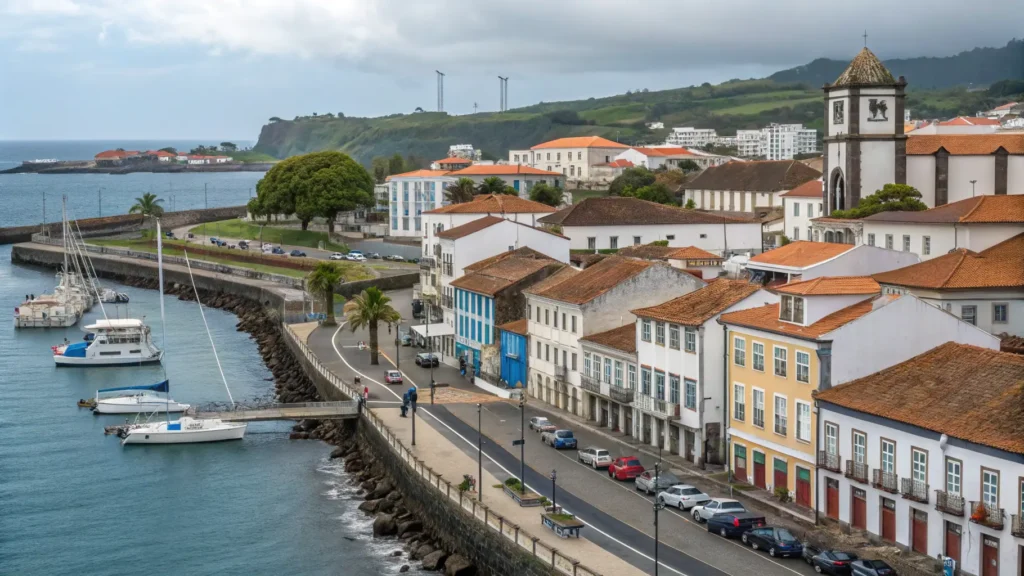

Furnas area: Perfect if you’re obsessed with hot springs and want that authentic Portuguese village vibe. Way quieter than Ponta Delgada, but dining options are limited. About 45 minutes from the airport.
Sete Cidades region: Wake up to those famous lake views every morning. Great for hikers and photographers. Very rural though – you’ll drive everywhere for meals. Most budget-friendly accommodation options are here.
Ribeira Grande (north coast): Best waves if you’re into surfing. Authentic fishing village atmosphere with fewer tourists. Cooler and rainier than the south side, with fewer amenities.
I’ve stayed in fancy hotels and family-run quintas (rural guesthouses). The quintas were hands-down my favorite. Owners usually speak decent English, serve incredible homemade breakfasts, and give the best local tips. Expect 50-80 euros per night for a really nice quinta versus 100+ for similar hotel quality.
Many of the best local places don’t show up on booking sites. Try contacting them directly through their websites – you’ll often get better rates and more personal service.
Pack Like Someone Who’s Actually Been There
I overpacked massively my first trip and underpacked just as badly my second time. Here’s what you actually need:
Clothing that matters:
- Proper waterproof jacket (not water-resistant – I mean waterproof)
- Layers for temperature swings of 15+ degrees in a single day
- Quick-dry hiking pants
- Waterproof hiking boots (sneakers will leave you miserable)
- Swimwear for hot springs and lakes
- Sun hat and good sunglasses
Gear that made a real difference:
- Comfortable daypack for hiking
- Waterproof phone case (for inevitable rain and water activities)
- Portable charger (you’ll take a million photos)
- Reusable water bottle (tap water tastes great)
- Basic first aid stuff
What not to bother with:
- Fancy clothes (everywhere is super casual)
- Hair dryer (most places have them)
- Too many electronics
The key is being ready for hot springs and highland hiking in the same day. Locals joke that São Miguel has four seasons in four hours, and after three visits, I can confirm that’s pretty accurate.
What This Island Actually Costs (Real Numbers)
Travel blogs always gloss over real costs, so here’s what I actually spent:
Budget style (40-60 euros/day per person):
- Sleep: 20-30 euros (guesthouses, shared rooms)
- Food: 15-25 euros (local spots, some grocery shopping)
- Getting around: 10-15 euros (rental car split, fuel)
- Fun stuff: 5-10 euros (mostly free nature)
Mid-range (80-120 euros/day per person):
- Sleep: 50-70 euros (nice hotels, private rooms)
- Food: 25-40 euros (restaurants and local experiences)
- Getting around: 15-25 euros (rental car, full tank)
- Fun stuff: 15-25 euros (some tours, entrance fees)
Going all out (200+ euros/day per person):
- Sleep: 120+ euros (resort hotels, luxury quintas)
- Food: 50+ euros (fine dining, wine tastings)
- Getting around: 30+ euros (premium rentals, guided tours)
- Fun stuff: 50+ euros (private tours, spa treatments)
Ways to save money that actually work: Go during shoulder season (May or October) and save 30-40% on hotels. Book places with kitchenettes – groceries are reasonably priced. Many of the best attractions (crater lakes, viewpoints, hiking trails) cost nothing. Local restaurants outside tourist zones cost half as much as downtown spots.
One of my favorite São Miguel memories cost almost nothing – watching sunset from Mosteiros beach with local wine from the grocery store (3 euros) and some cheese and bread (5 euros total). Sometimes simple is better.
Stay Safe and Actually Enjoy Yourself
São Miguel is incredibly safe – I’ve never felt uncomfortable, even hiking alone or exploring remote areas. But there are practical things worth knowing:
Health and safety basics: Healthcare is excellent and affordable. Tap water is safe everywhere. No dangerous wildlife. Ocean can have strong currents – stick to marked beaches. Weather changes rapidly in mountains – always check forecasts before hiking.
Staying connected: WiFi available in most hotels and restaurants. Cell service covers most of the island. Download offline maps and trail apps before heading to remote areas. Emergency number is 112.
Cultural stuff: Portuguese people are incredibly friendly and helpful. English is widely spoken in tourist areas. Tipping isn’t expected but appreciated (5-10% at restaurants). Shops often close for lunch (1-3 PM) and Sundays. Dress is casual everywhere.
Mistakes to avoid: Don’t try seeing everything in one day – roads are winding. Don’t skip travel insurance. Don’t assume weather stays the same all day. Don’t forget European outlet adapters.
The locals genuinely love sharing their island with visitors. I’ve had countless conversations with people eager to recommend hidden spots or family restaurants. Just smile, be respectful, and ask questions.
Time to Plan Your São Miguel Adventure
After three trips to São Miguel, it’s honestly become one of my favorite places on the planet. It’s the kind of destination that surprises you constantly – one minute you’re soaking in volcanic hot springs, the next you’re on a cliff watching waves crash against black sand.
The island rewards travelers who prepare but stay flexible. Sure, see the famous twin lakes and experience Furnas’ geothermal wonders. But your best memories will probably happen during unexpected moments – getting lost and finding an incredible viewpoint, chatting with a farmer about volcanic soil, or watching steam rise from a crater lake while eating the best meal of your trip.
São Miguel isn’t trying to be the next Santorini. It’s authentically Portuguese, refreshingly uncrowded, and magical in its own volcanic way. Whether you want adventure, relaxation, incredible food, or just a break from ordinary life, this Atlantic gem delivers.
Those twin lakes are waiting. The hot springs are calling. Your São Miguel adventure is ready to begin.
Got questions about visiting São Miguel? Drop them in the comments below – I love helping people plan trips to this incredible island!

